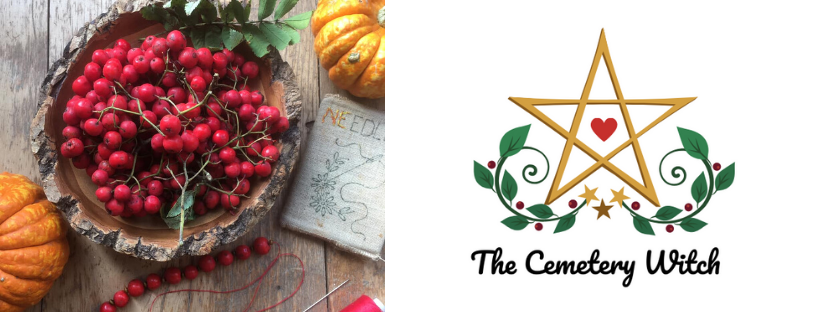This is Merlin’s Cave on the beach below Merlin’s Castle in Tintagel, Cornwall. This incredible cave is 100m long and you can walk all the way through it. It was formed by sea erosion as it fills with water at high tide.
Legend has it that this cave was once home to Merlin.
Merlin was a fictional character in the Celtic Arthurian mythology stories. He was a wiseman and wizard. He was birthed by a normal woman, having been sired by an incubus, which is where he was said to get his mystical powers and abilities. Later, using magic, he engineered the birth of King Arthur. He served as King Arthur’s advisor, until becoming infatuated with, and later killed by, the Lady of the Lake.
Whilst the cave is impressive in its own right, and was made famous in the Arthurian legends, the cave became even more notorious following the publication of Tennyson’s poems. His “Idylls of the King” (1859-1885) was a series of poems telling the stories of King Arthur, and told of Arthur being washed ashore as an infant; only to be found by Merlin:
“They found a naked child upon the sands
Of dark Tintagil by the Cornish sea;
And that was Arthur; and they fostered him
Till he by miracle was approven King.”
Have you been to this cave? Or perhaps another that took your breath away?
